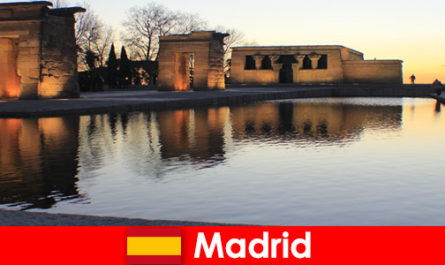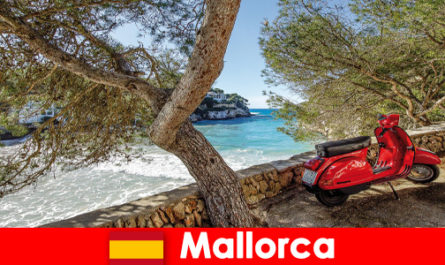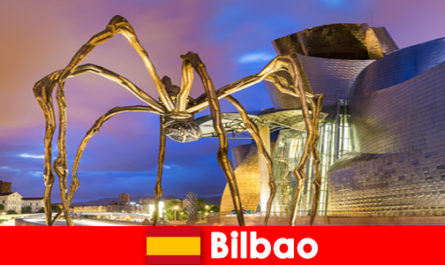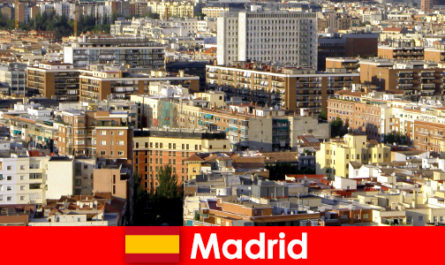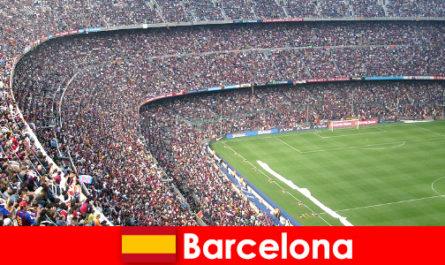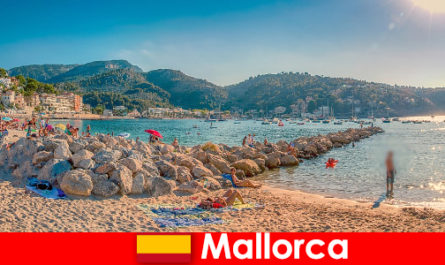Madrid is a worthwhile destination all year round. This is not only due to the impressive architecture, the magnificent boulevards or the numerous museums. The Madrileños, as the city residents call themselves, also like to celebrate. Tourists should not miss the following festivals:
Carnival in Spain
Carnival is extremely popular in Spain. The Madrid Carnival has a long tradition and was celebrated in the Middle Ages. However, under the rule of General Franco, the tradition was interrupted during the civil war. The Madrileños have been dressing up again since 1976. A visit to the capital in February is definitely worth it. In addition to the big carnival parade and the carnival speech, there is also a pompous masked ball in the ballroom of the Círculo de Bellas Artes.
The highlight and the end of the festivities is the traditional “El gran entierro de la sardina”. At the large funeral of the sardine, visitors dress in black and carry a kind of coffin with a cardboard sardine.
Dos de mayo on May 2nd
May 2nd is a significant day in the history of Madrid. At the beginning of the 19th century, city residents rebelled against Napoleon’s brother Joseph Bonaparte. A six-year war followed, which ended with the country’s first constitution. Celebrations take place mainly in the Plaza de 2 de mayo in the Malasaña district. The bans on drinking on the street are then lifted. Then there is nothing standing in the way of a wet and happy party.
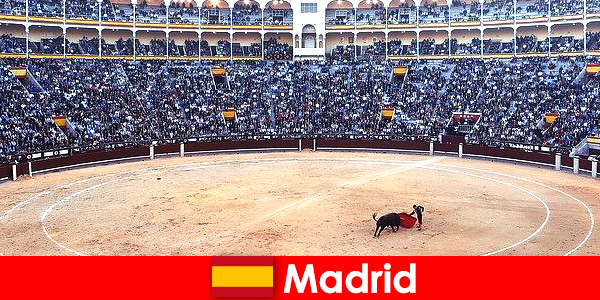
San Isidro around May 15th
Madrid has another public holiday in May that captivates with its traditions. It is based on the canonization of San Isidro, the patron saint of the Spanish capital. According to legend, San Isidro was known for its benefits and even raised water in a well. More information can be found in the church of San Isidro.
Madrid celebrates its patron saint for nine days with dance, music, parades, fairs and exhibitions. Demonstrations of El Chotis are particularly interesting. This 19th century dance is of Scottish origin. The dancers, who are called “majos” and “majas” or “chulapos” and “chulapas”, are dressed very magnificently. This tradition is immortalized in numerous paintings in the Prado Museum.
Stilt walkers are also up to mischief. So-called chiringuitos take care of your physical well-being. These are typical Spanish takeaways. Visitors should definitely try barquillos. The sweet waffles are an integral part of the San Isidro festival.
La Almudena is another festival that is only celebrated in the capital.
The celebrations start with a large holy mass at the Plaza Mayor. During the procession, the statue of St. Almudena is carried in a solemn procession. Then she finds her place in the cathedral again. On this day, the residents of Madrid wear particularly festive, colorful clothing and lay down fragrant flowers.
In honor of the Blessed Virgin Almudena, bakers created a special dessert around 40 years ago – las coronas de la Almudena. This is eaten with pleasure on this day.
Nochevieja, December 31st
You can also spend a wonderful New Year’s Eve in the capital of Spain. The main place for the hustle and bustle is the Plaza Puerta del Sol. When the bell tower begins the new year with the first gong, the madrileños have their grapes ready impatiently. It is said to bring good luck to eat a grape with every chime. To make this possible, the clock of the Madrid city hall beats every three seconds. The bell sound is broadcast on television, which is why many Spaniards also participate in this custom at home. It is also a tradition in Spain to throw a gold ring in your champagne glass.
conclusion
Madrid captivates throughout the year with lived traditions for regular celebrations. A trip in May is definitely recommended. If the temperatures are still pleasant, it is then possible to visit two festivals.
 Dansk
Dansk Deutsch
Deutsch Español
Español Français
Français Indonesia
Indonesia Italiano
Italiano Magyar
Magyar Melayu
Melayu Nederlands
Nederlands Polski
Polski Português
Português Русский
Русский Română
Română Tiếng Việt
Tiếng Việt Türkçe
Türkçe Українська
Українська български
български Ελληνικα
Ελληνικα 한국어
한국어 हिन्दी
हिन्दी 日本語
日本語 简体中文
简体中文